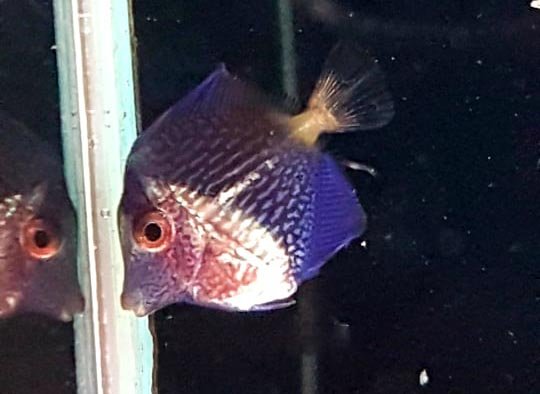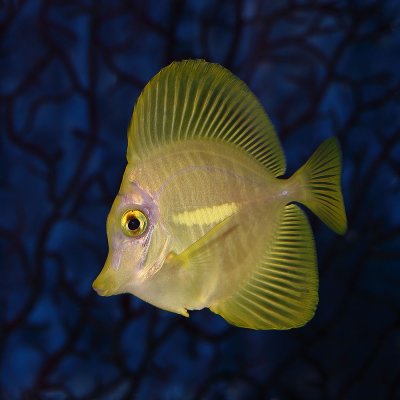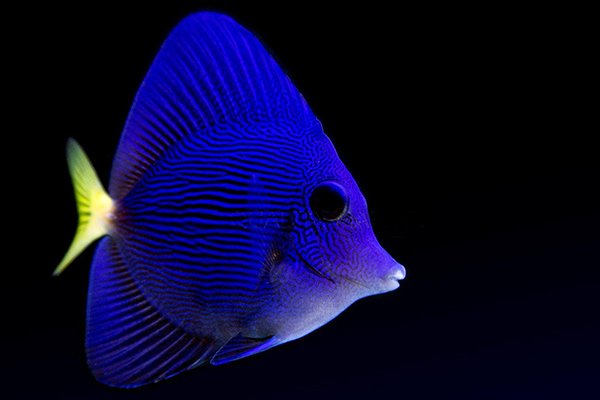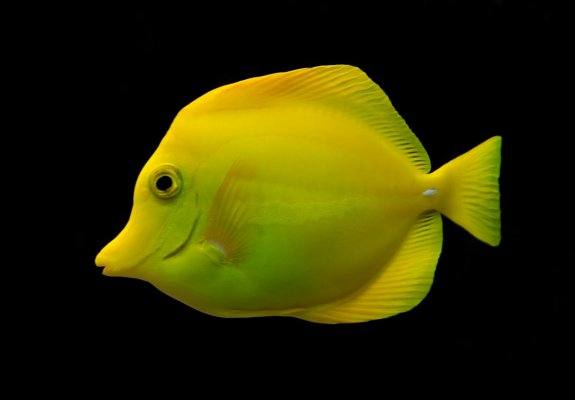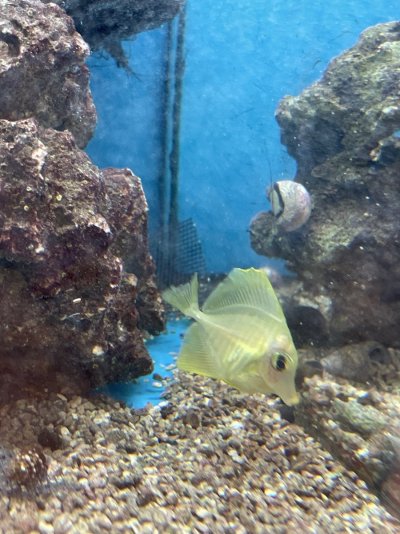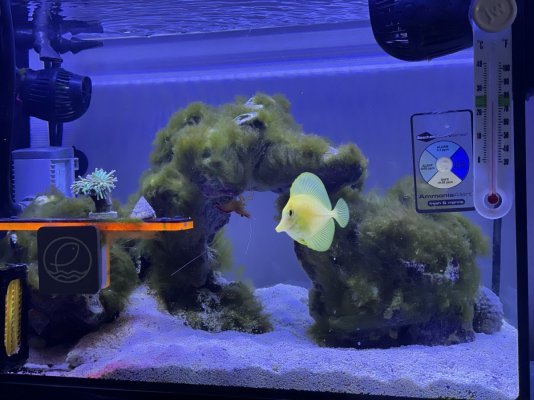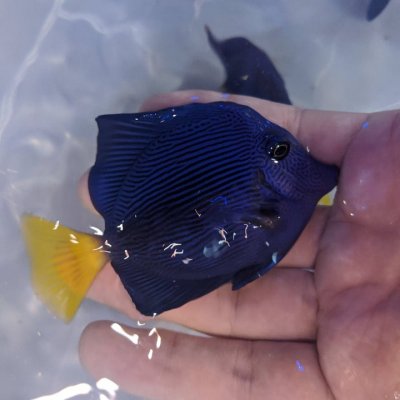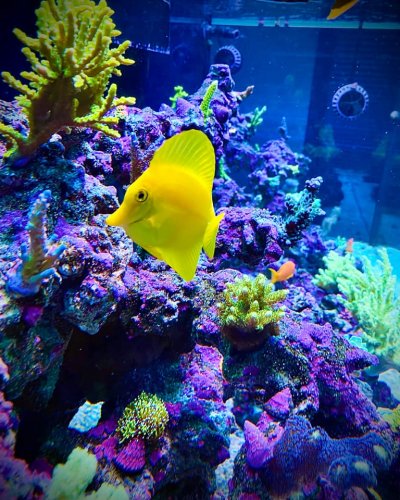- Joined
- Mar 25, 2020
- Messages
- 87
- Reaction score
- 30
Hi guys just curious to read what you think about captive bred yellow tangs, they look deformed, looks like they've had severe damage from HLLE and extremely unhealthy/stressed. My LFS sells them for £250. You can instantly tell the difference between a yellow tang from hawii. I just recently saw captive bred purple tangs and they look incredibly unhealthy and sick. How does the breeding process cause such poorly looking fish. And has there been tests on how long these fish will live for?
